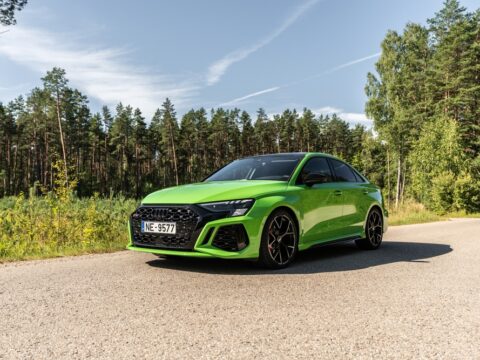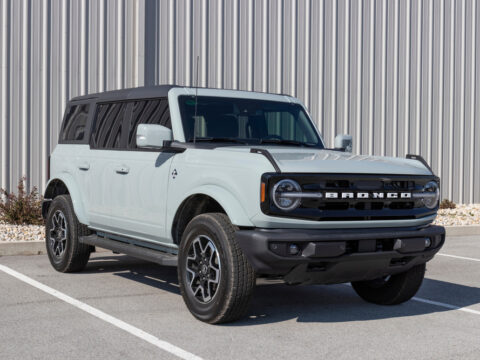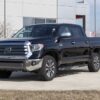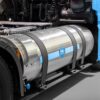Reducing emissions in long-haul freight vehicles is a critical goal for lowering environmental impact, but it comes with significant challenges. From high costs to infrastructure limitations, the road to greener transportation is complex. Understanding these obstacles is essential for developing practical solutions that balance efficiency with sustainability. Here are 18 key challenges the industry faces in cutting emissions.
Contents
High Initial Cost of Electric Trucks
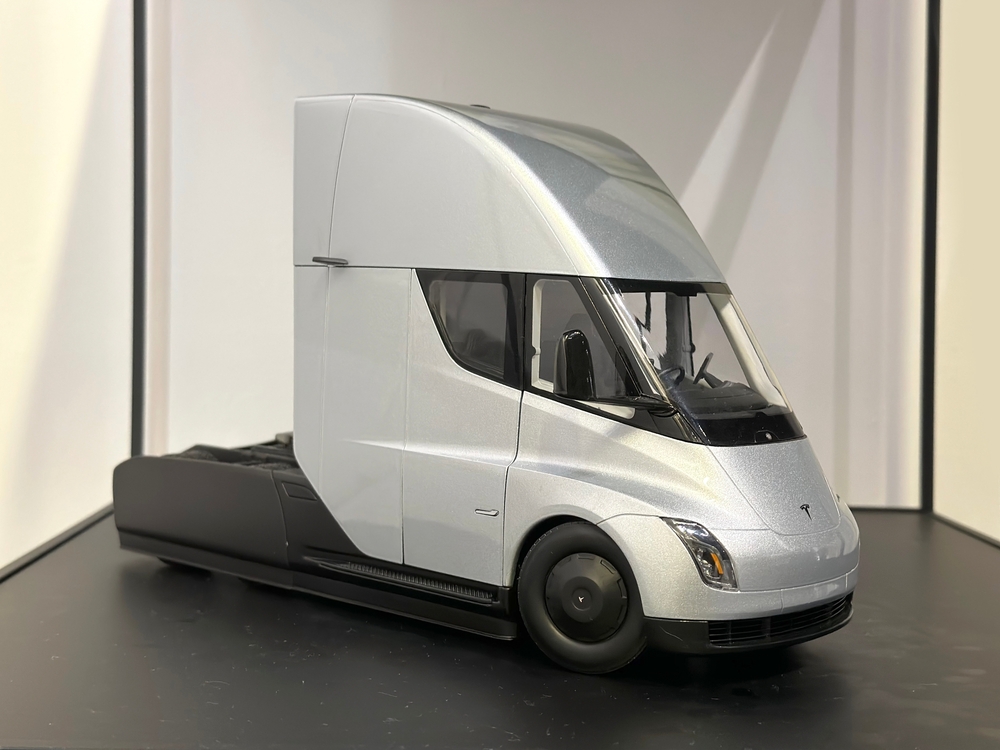
Electric trucks hold great potential for cutting emissions, but their steep upfront costs are a major obstacle. Small and mid-sized freight companies are particularly hesitant to make the switch due to the significant investment required. Although electric trucks offer long-term savings in fuel and maintenance, the initial price tag often outweighs the benefits. Government incentives help, but they’re not always sufficient to close the gap.
Limited Charging Infrastructure
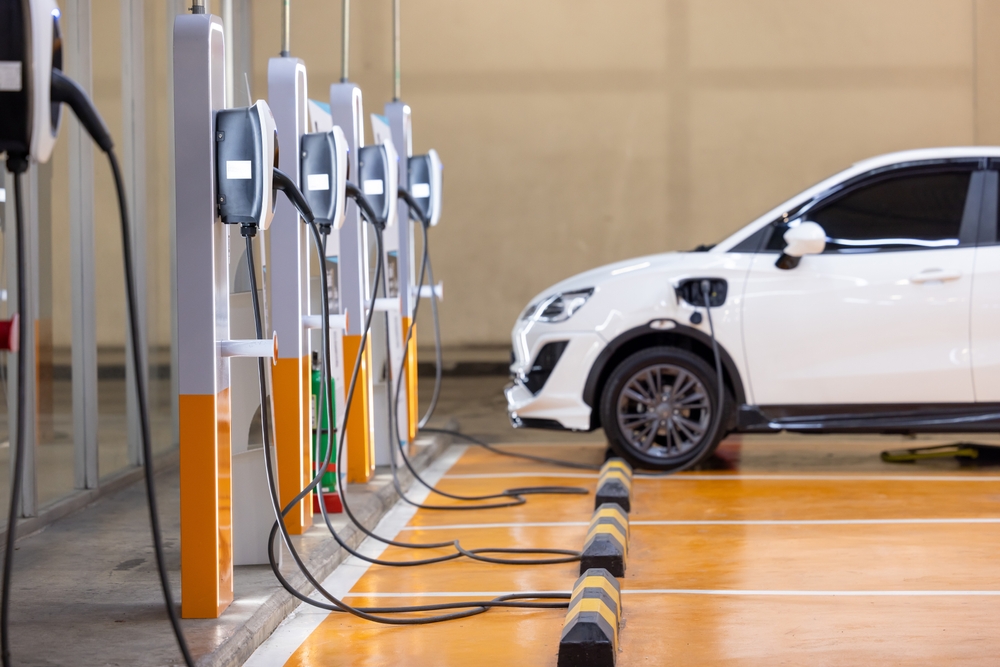
A major challenge for electric long-haul trucks is the sparse charging infrastructure along freight routes. Unlike gas stations, which are widely available, charging stations are less common, especially in rural areas. Even in places where they exist, charging takes significantly longer than refueling diesel trucks, which can lead to costly delays. Expanding this infrastructure is critical for the widespread adoption of electric freight vehicles.
Battery Range Limitations
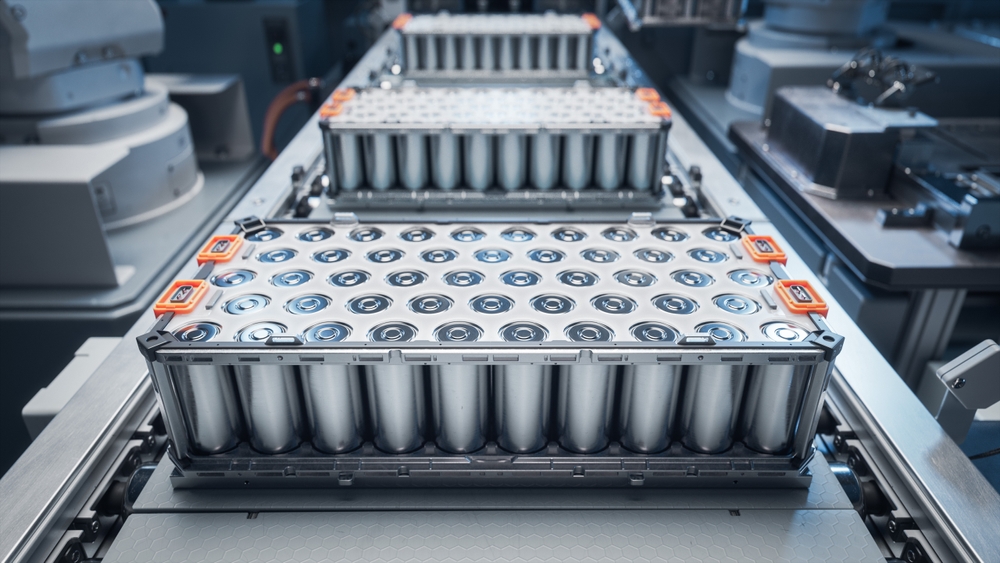
Electric trucks are currently limited by their range, making them less ideal for long-distance hauls. Most models can’t cover the same miles as a diesel truck without needing frequent recharges, disrupting long routes. While battery technology is advancing, these improvements have not yet met the needs of cross-country freight. Until this issue is resolved, diesel trucks will continue to dominate long-haul transport.
Weight of Batteries
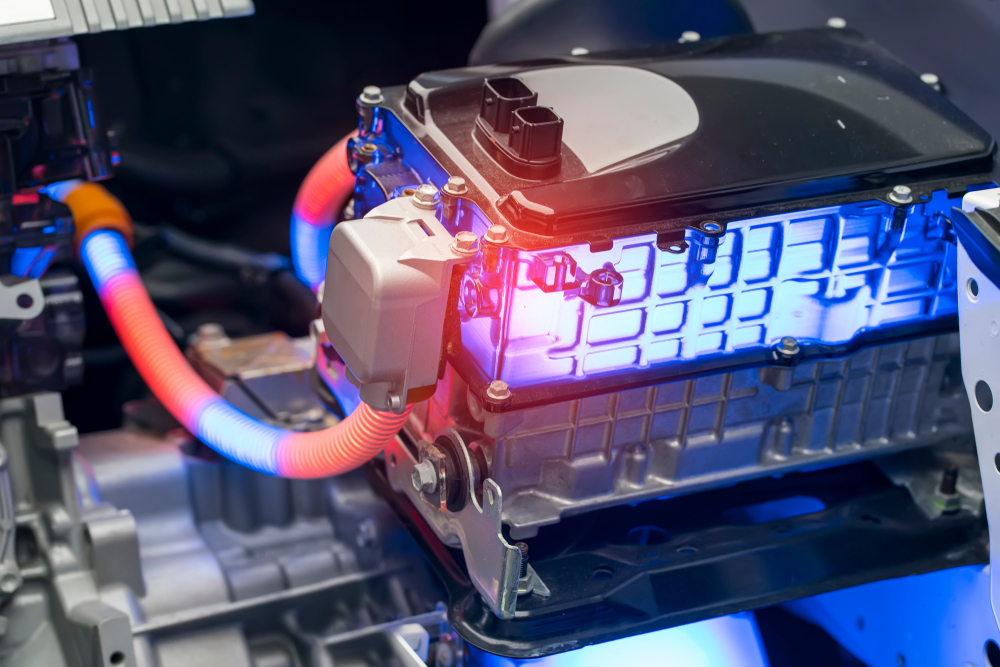
The heavy weight of electric truck batteries presents another problem. Heavier batteries reduce the payload capacity of trucks, meaning they can carry less freight. This forces operators to either reduce cargo loads or make more trips, which can negate the emissions reductions achieved through electrification. The industry needs lighter, more efficient batteries to fully capitalize on electric trucking.
Reliability of Alternative Fuels
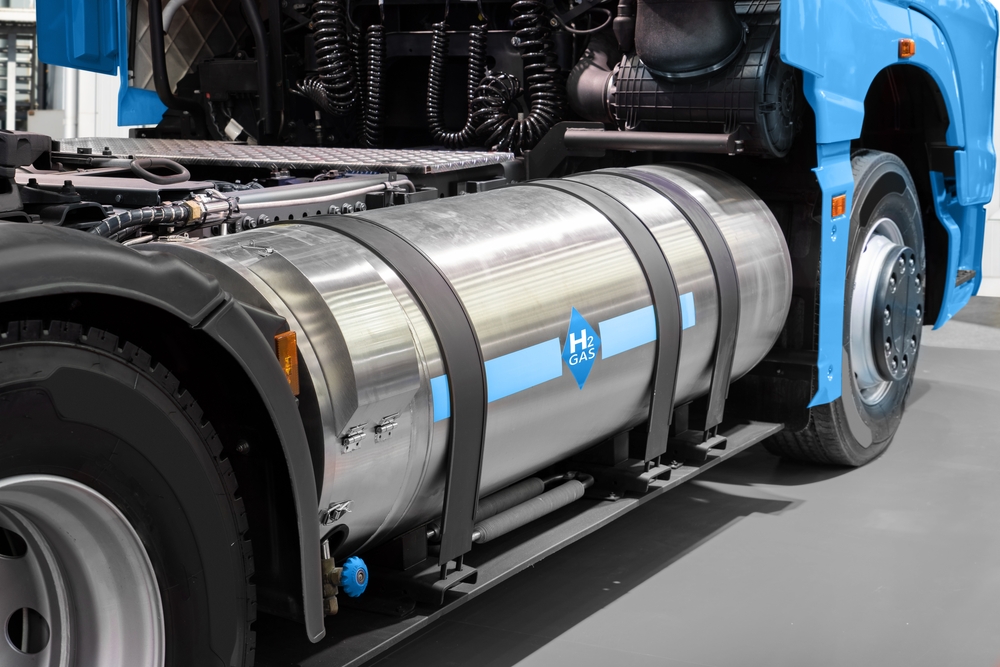
Hydrogen and other alternative fuels offer promise, but they come with their own set of reliability concerns. Hydrogen, for example, requires special refueling infrastructure that is not yet widely available. Additionally, most hydrogen is produced from natural gas, which still contributes to emissions. Until greener methods of hydrogen production are developed, this alternative fuel won’t be a perfect solution.
Long Equipment Lifespans
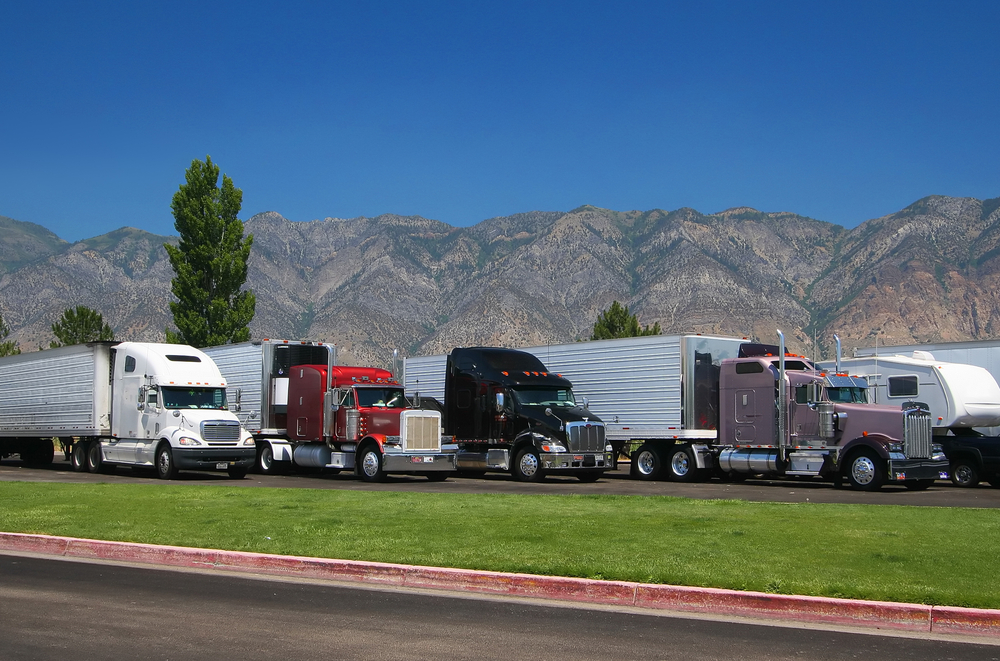
Freight companies often rely on trucks with long operational lifespans, sometimes 15 years or more. Replacing these diesel trucks with cleaner alternatives before the end of their useful life is costly and inefficient. The high cost of new trucks makes companies reluctant to retire vehicles that are still fully functional. This slow turnover rate delays the adoption of lower-emission technologies.
Lack of Standardization in Regulations

Emission standards vary across countries and even within regions, complicating efforts to reduce emissions globally. A truck that meets regulations in one country might not comply with the standards in another, especially for cross-border freight. This patchwork of rules creates uncertainty for operators looking to invest in cleaner vehicles. Standardized regulations would create a clearer path for emission reduction across the industry.
Retrofitting Challenges

Retrofitting older diesel trucks with emission-reducing technology is one way to lower their environmental impact, but it’s not easy. The cost and complexity of retrofitting can be prohibitive, especially for smaller companies. Many older trucks are incompatible with newer emission control systems, limiting the feasibility of this approach. As a result, the benefits of retrofitting often fall short of expectations.
Energy Source for Electric Trucks
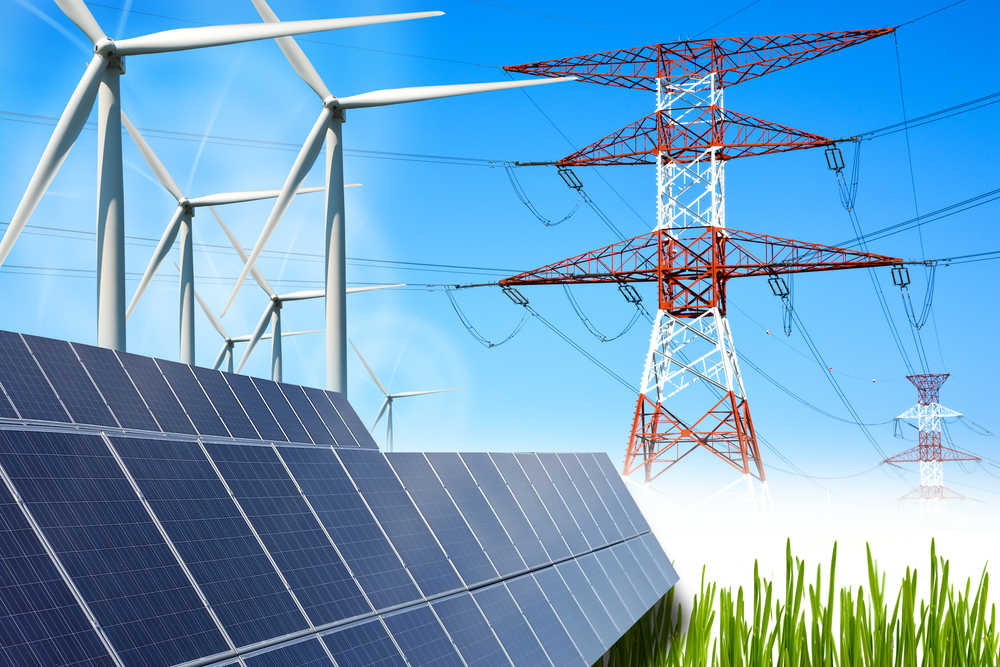
Electric trucks themselves may be emissions-free, but the electricity used to charge them isn’t always clean. In areas where electricity is still generated from coal or natural gas, the environmental benefits of electric trucks are significantly reduced. Transitioning to renewable energy sources like wind and solar is crucial to maximizing the emission reduction potential of electric vehicles. Without green energy, electric trucks won’t be the full solution they’re thought to be.
Long Development Timelines for New Technologies
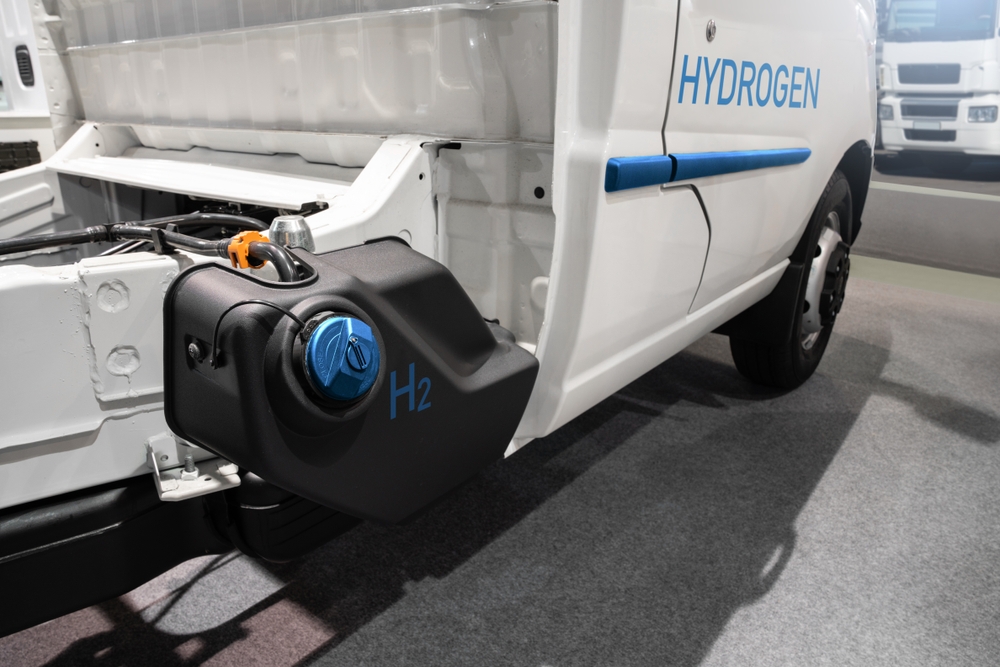
Developing new technologies, such as advanced batteries and hydrogen fuel cells, takes years, and their widespread deployment may take even longer. This means that, in the short term, diesel trucks will continue to be a mainstay of long-haul freight. Even with accelerated research and development, there’s a lag between innovation and implementation. This slow pace makes meeting near-term emissions goals more difficult.
Resistance to Operational Changes

Freight companies often resist changes that disrupt established business models, including the adoption of low-emission trucks. Switching to electric or hydrogen trucks requires changes to everything from route planning to maintenance schedules. Drivers and mechanics also need training to handle these new technologies. This resistance to operational change can significantly delay the transition to greener fleets.
Driver Training and Familiarity

The introduction of electric and hydrogen trucks brings with it the need for specialized driver training. Electric trucks handle differently than their diesel counterparts, and the charging process is new for many drivers. Without proper training, operators might struggle with the transition, leading to delays and inefficiencies. Comprehensive education programs are key to ensuring a smooth adoption of these vehicles.
Supply Chain Disruptions
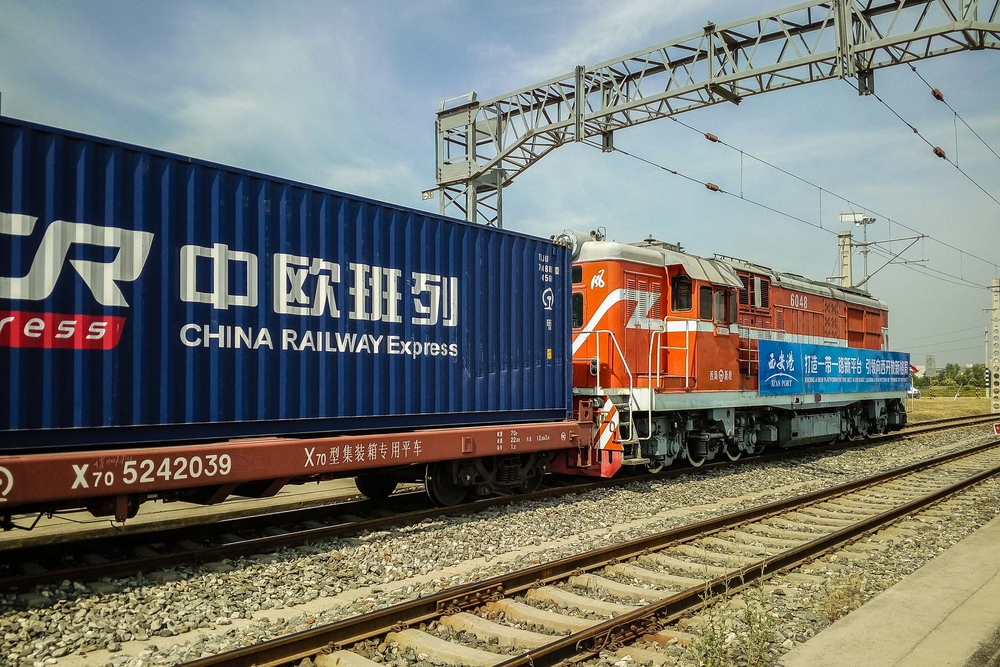
Switching to greener vehicles can cause disruptions in supply chains, particularly for companies that have optimized their logistics around diesel trucks. Electric trucks may require different route planning or more frequent stops for charging, which can lead to longer delivery times. As companies adjust to these changes, inefficiencies can arise, which may drive up costs and delay shipments.
Battery Recycling and Disposal
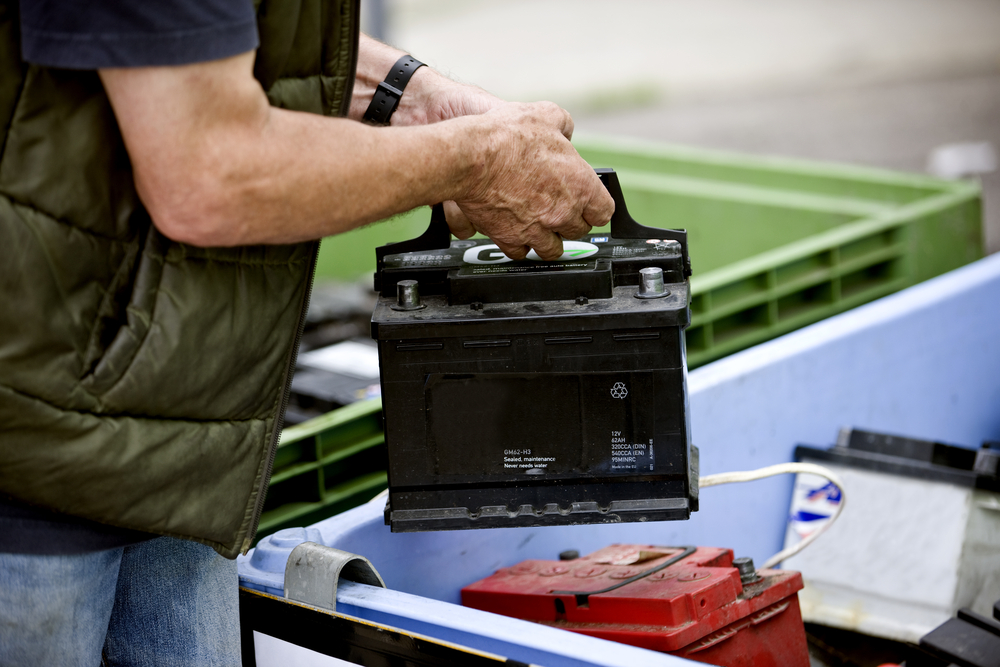
The environmental benefits of electric trucks are only fully realized if their batteries are properly recycled at the end of their life. Large batteries contain toxic materials that, if not handled correctly, can cause significant environmental harm. Recycling technologies are improving, but the industry is still grappling with how to handle large-scale disposal and recycling of electric truck batteries.
Cold Weather Performance
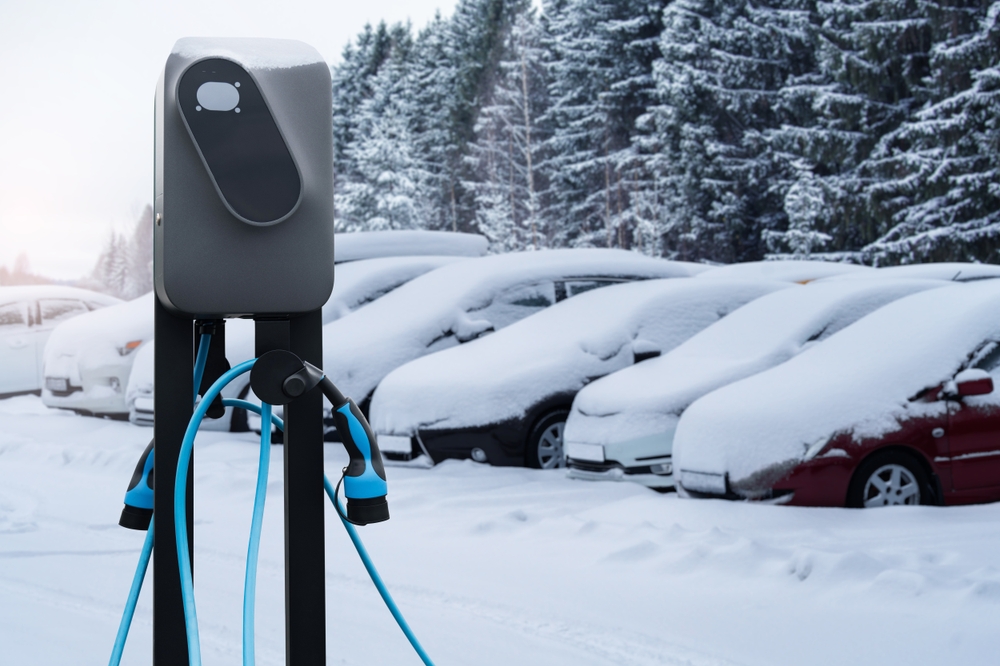
Electric trucks are known to perform less efficiently in cold weather, where lower temperatures reduce battery range and charging speeds. Freight routes in colder regions may require more frequent charging stops or even additional trucks to compensate for the loss in efficiency. This issue makes electric trucks less viable for certain regions or during winter months, limiting their year-round use.
Lack of Financial Incentives
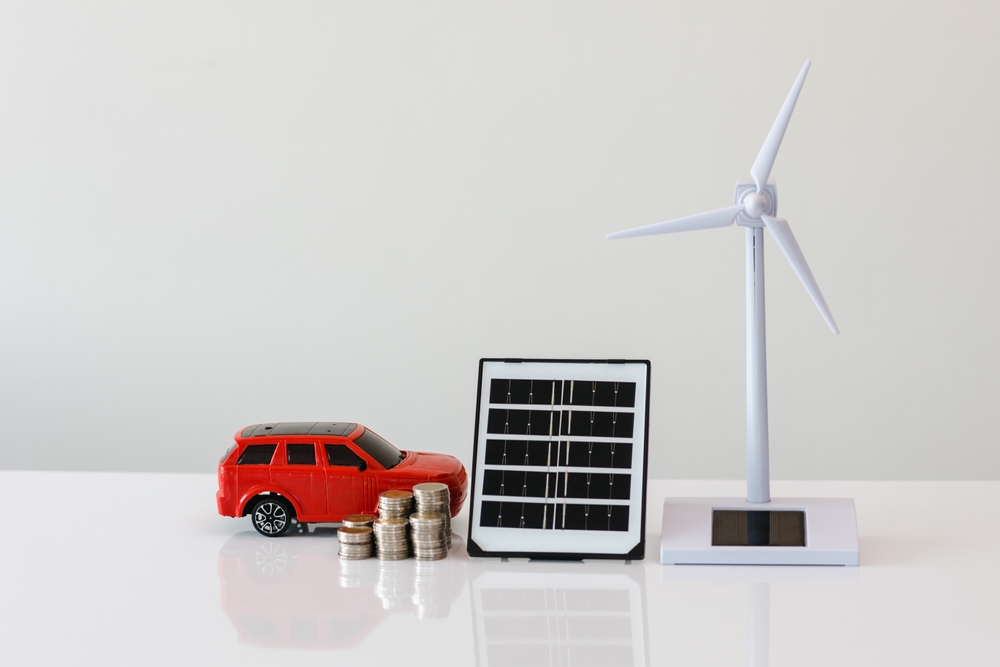
Although some governments offer financial incentives to promote electric truck adoption, these are often not enough to offset the high upfront costs. Without significant subsidies, tax breaks, or low-interest loans, many companies find it economically challenging to invest in low-emission alternatives. Enhanced financial incentives would play a crucial role in speeding up the transition.
Maintenance and Repair Costs

While electric trucks generally have fewer moving parts and require less maintenance than diesel trucks, the repairs they do need can be more expensive. The cost of specialized parts, coupled with the lack of widespread repair networks, can lead to higher costs and longer downtime for electric trucks. This can be a deterrent for companies that rely on quick repairs to keep their operations running smoothly.
Limited Range of Hybrid Trucks
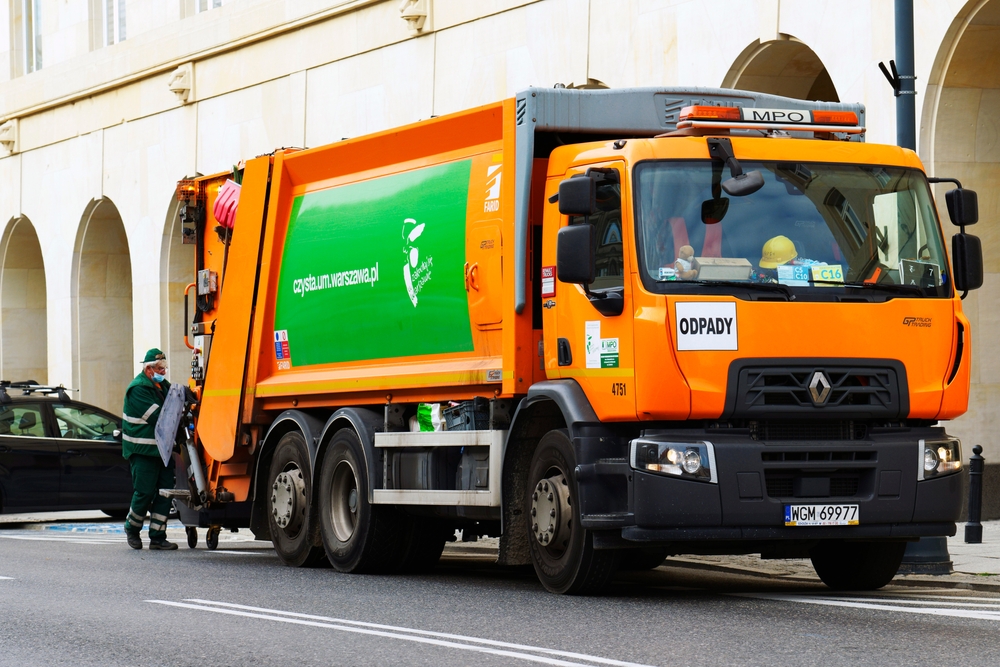
Hybrid trucks, which combine diesel and electric power, offer an intermediary step toward reducing emissions. However, they still depend on fossil fuels for a significant portion of their power, limiting the potential for emission reductions. While hybrids help reduce emissions, they’re not a long-term solution and may ultimately delay the adoption of fully electric trucks.
This article originally appeared in MyCarMakesNoise.
More from MyCarMakesNoise
18 Challenges Facing Electric Cars Today
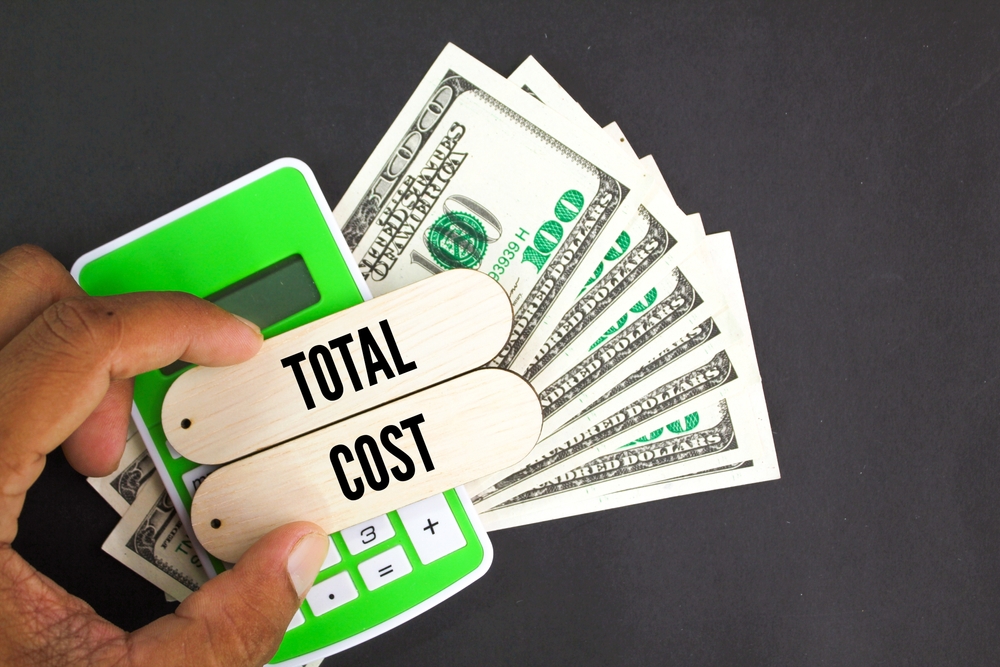
Electric cars have become increasingly popular, but they’re not without their challenges. While they offer impressive technology and eco-friendly benefits, there are still significant drawbacks to consider. Read More.
14 Revolutionary Amphibious Vehicles That Bridged Land and Water

Amphibious vehicles have always captured our imagination, combining the best of land and water travel in one innovative package. These remarkable machines are designed to navigate both terrains seamlessly, making them invaluable in military, rescue, and recreational scenarios. Read More.
20 Design Flaws in Iconic Sports Cars
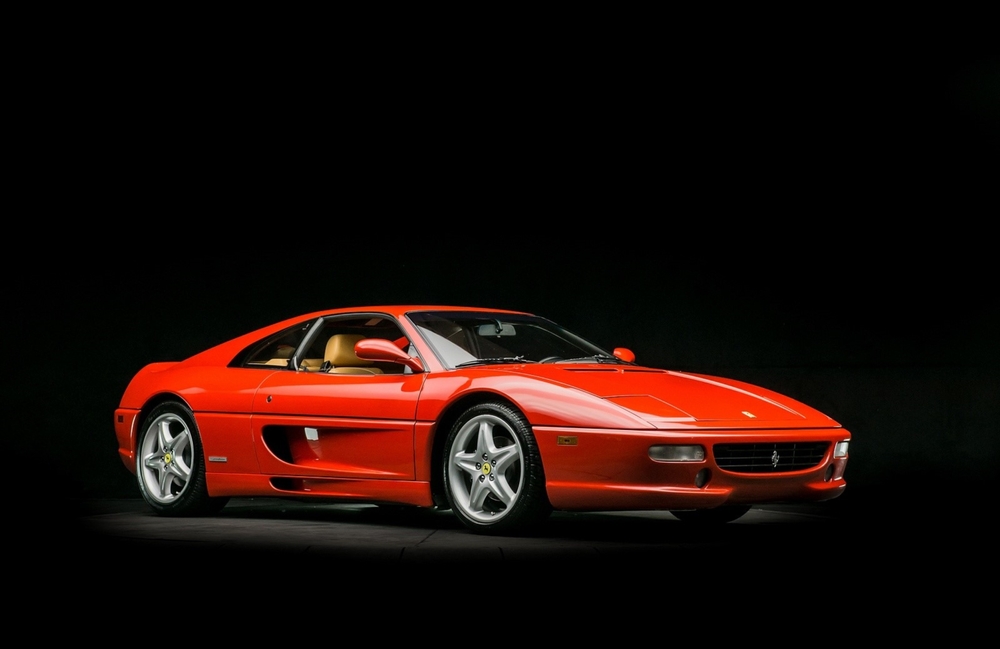
Even the most iconic sports cars aren’t without their flaws. Despite their legendary status, some of these vehicles have design issues that impact performance, comfort, or reliability. Read More.

